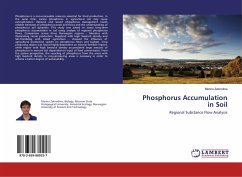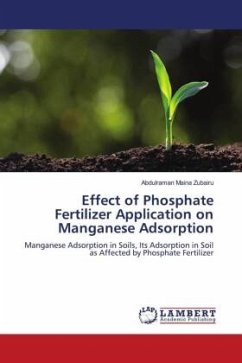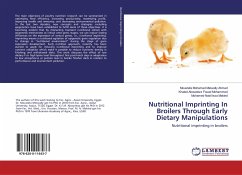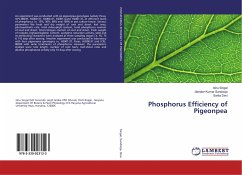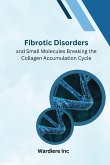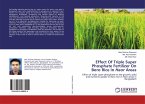Phosphorus is a non-renewable resource essential for food production. In the same time, excess phosphorus in agricultural soil may cause eutrophication. Rational and sound phosphorus management needs reliable estimates of phosphorus pools and flows and the understanding of phosphorus soil dynamics. This study was aimed to assess long-term phosphorus accumulation in soil using analysis of regional phosphorus flows. Comparison across three Norwegian regions - Akershus with dominating cereal production, Rogaland with high livestock density and Sør-Trøndelag with mixed agriculture - showed the influence of agricultural production system on phosphorus flows and budget. Crop producing region was found highly dependent on mineral fertilizer import, while region with high livestock density accumulated large amount of phosphorus in manure but depended on input of feed concentrates. From the system perspective, the recycling of phosphorus from the areas with high livestock density to crop-producing areas is necessary in order to achieve a better degree of sustainability.
Bitte wählen Sie Ihr Anliegen aus.
Rechnungen
Retourenschein anfordern
Bestellstatus
Storno

